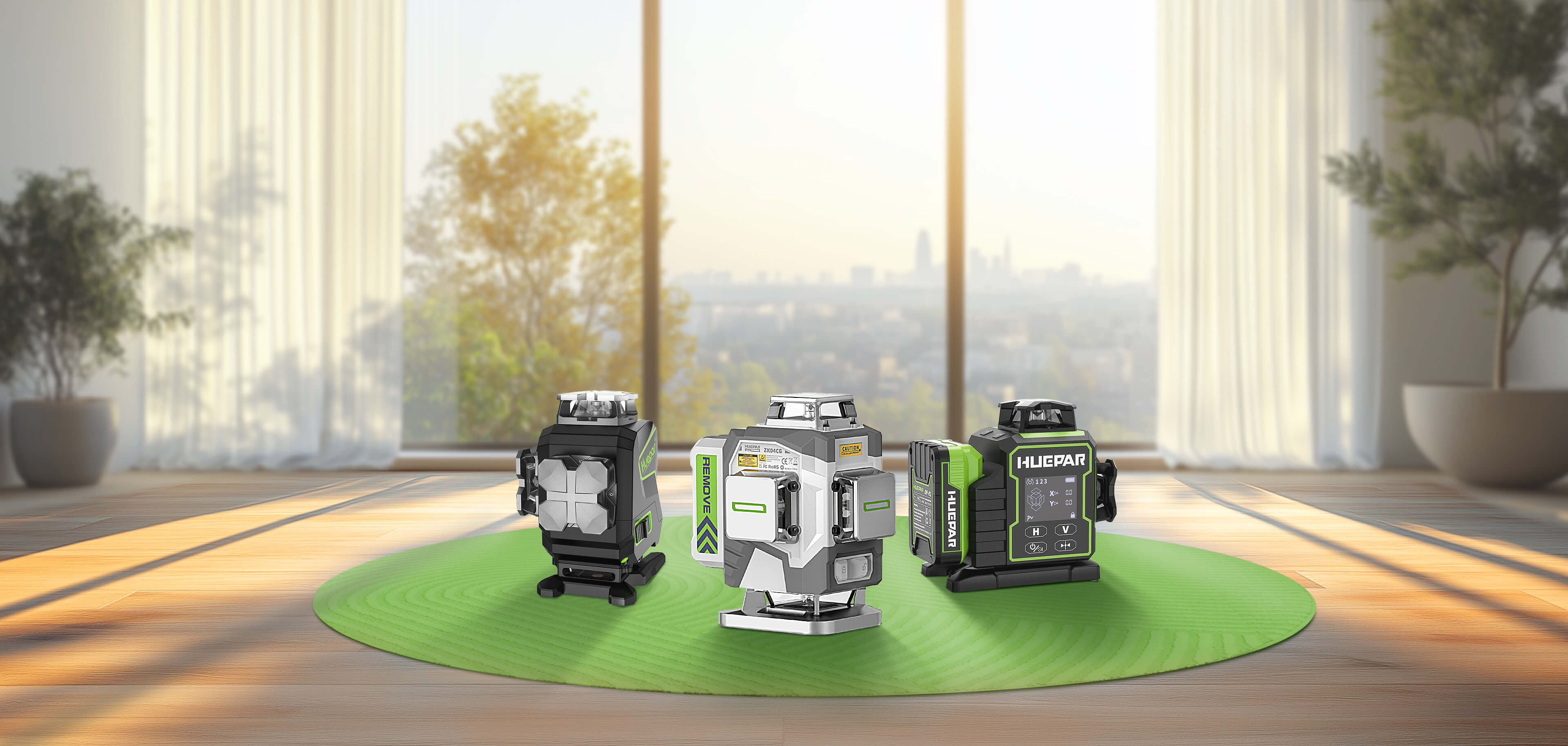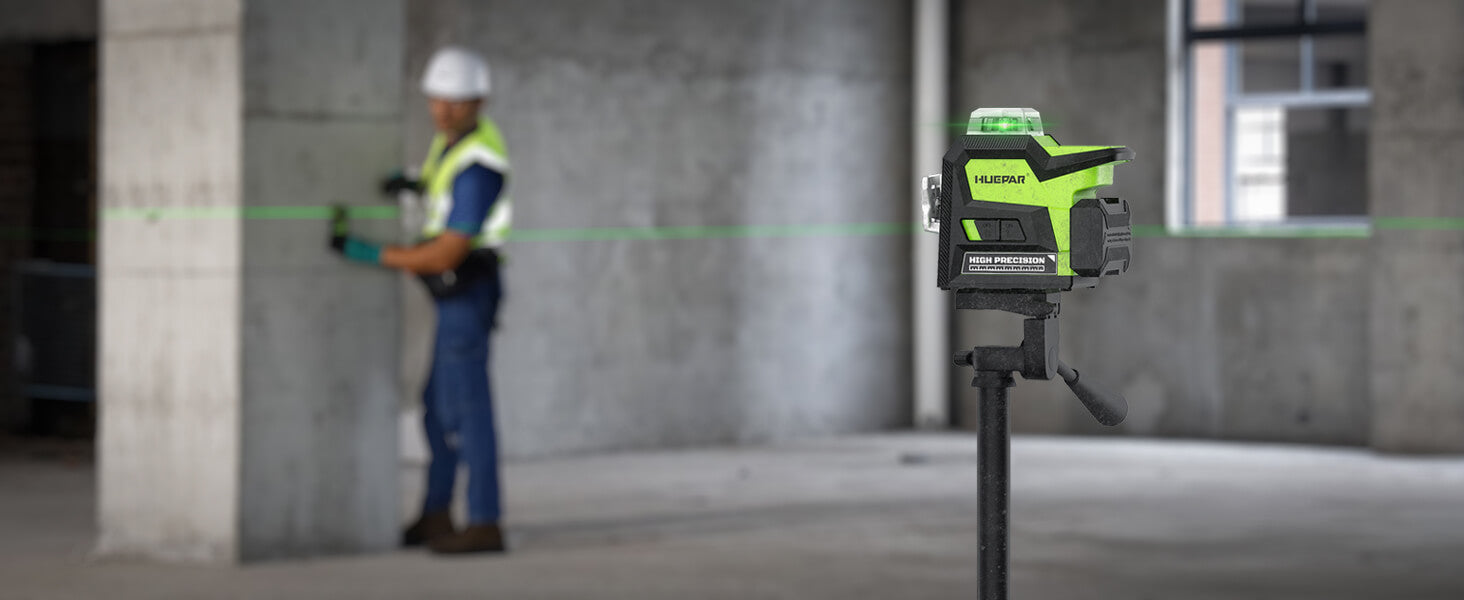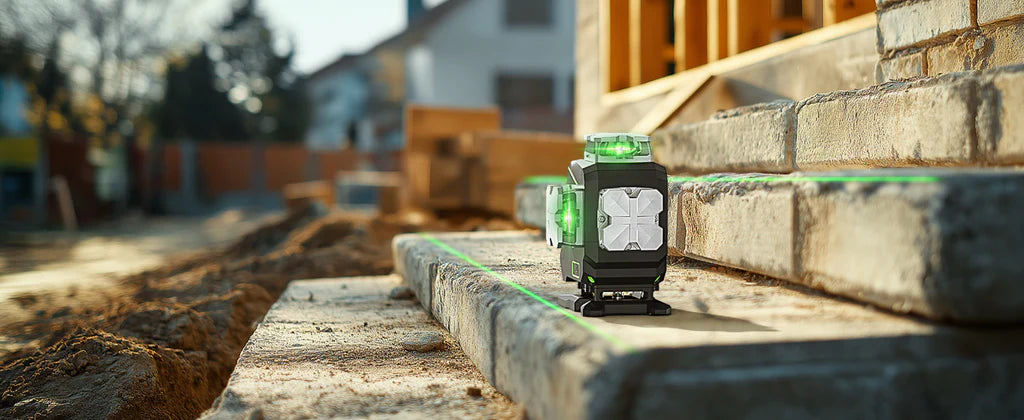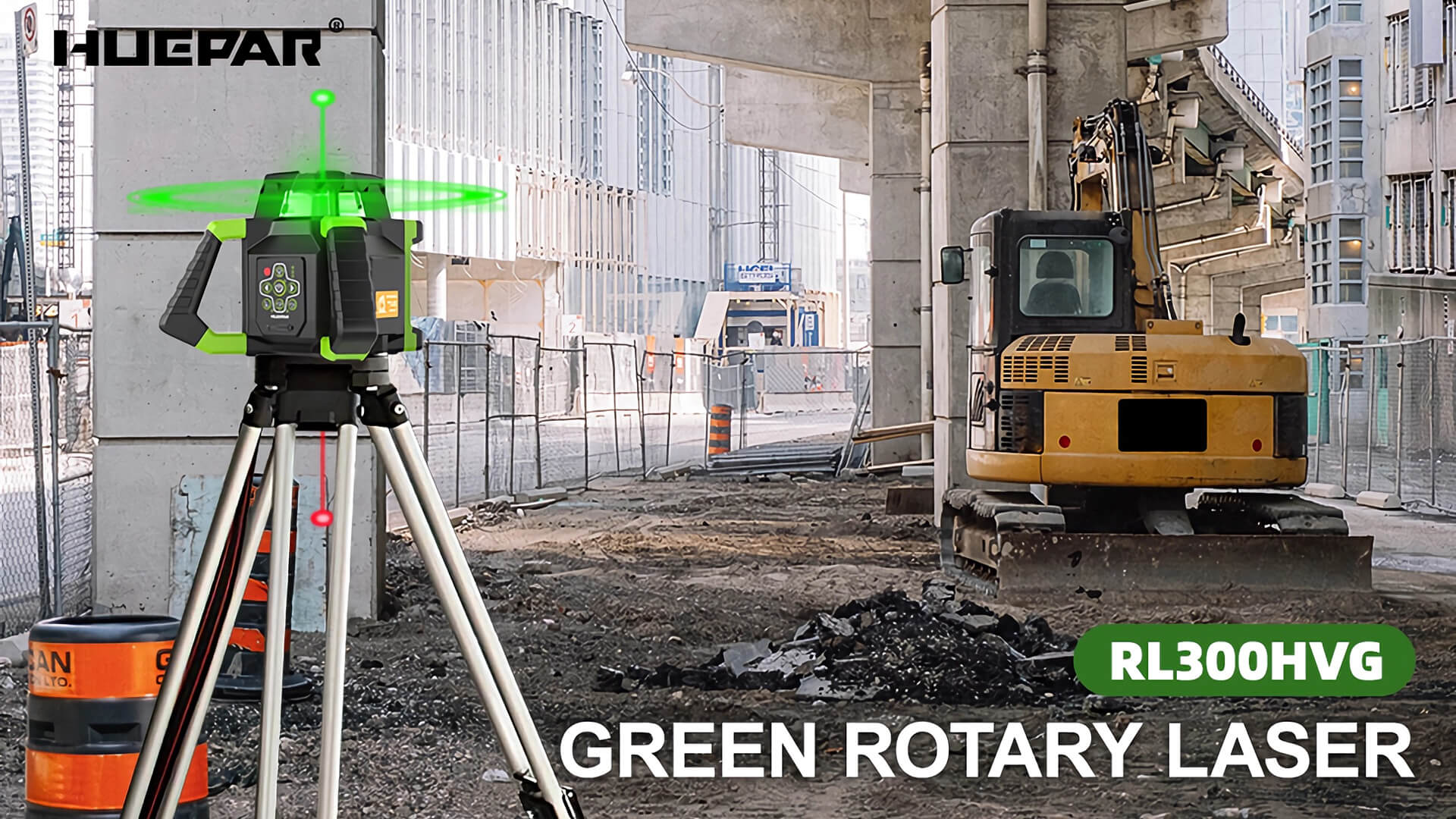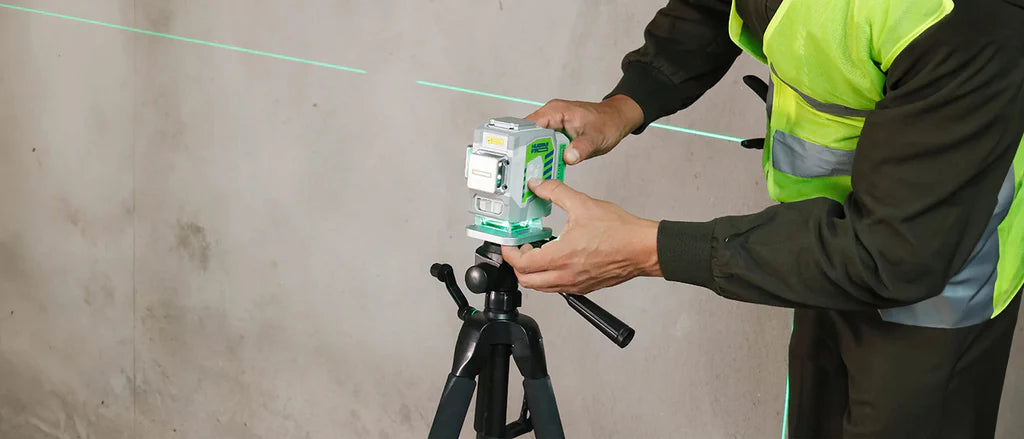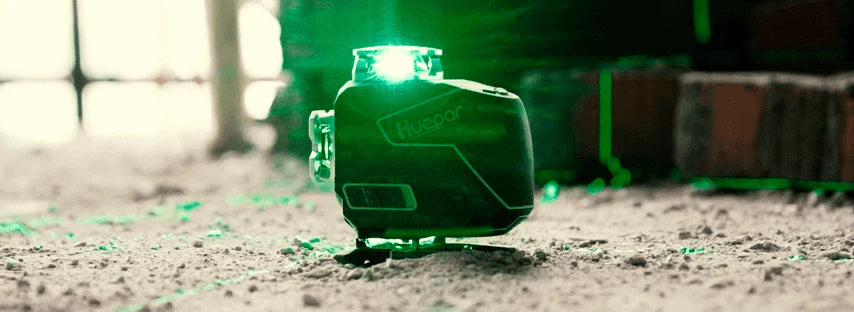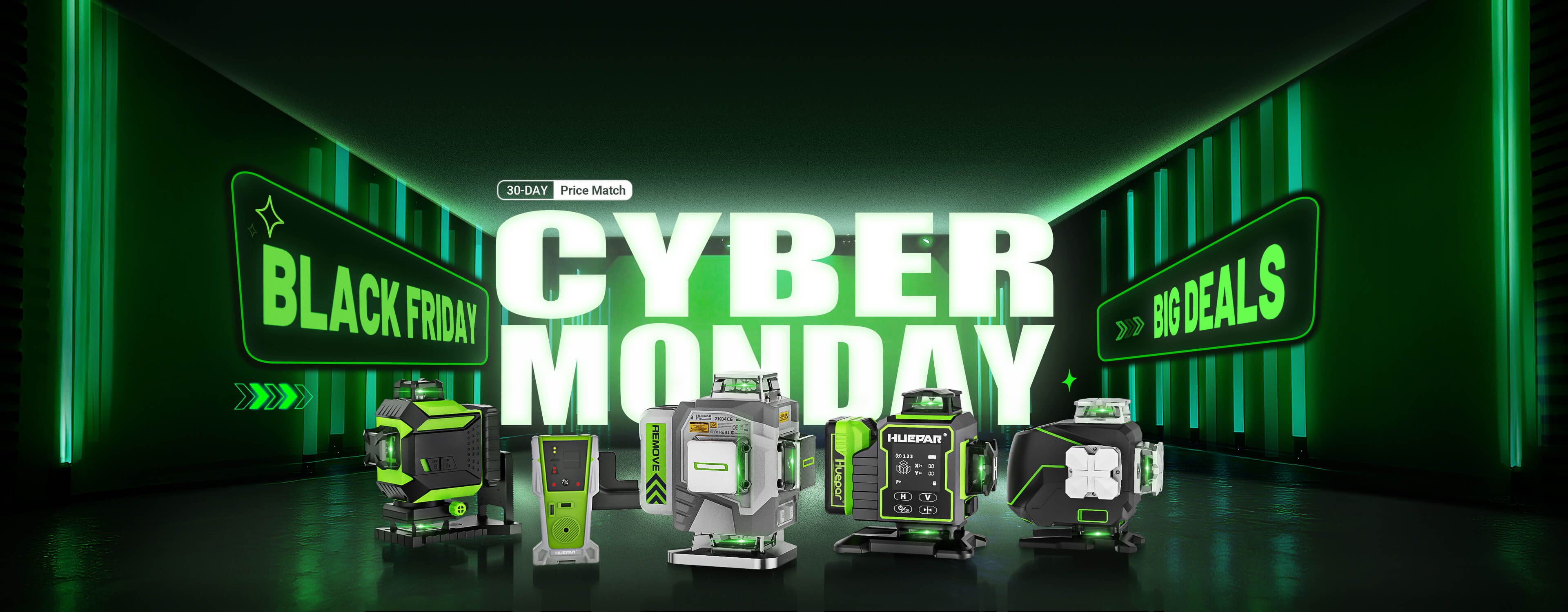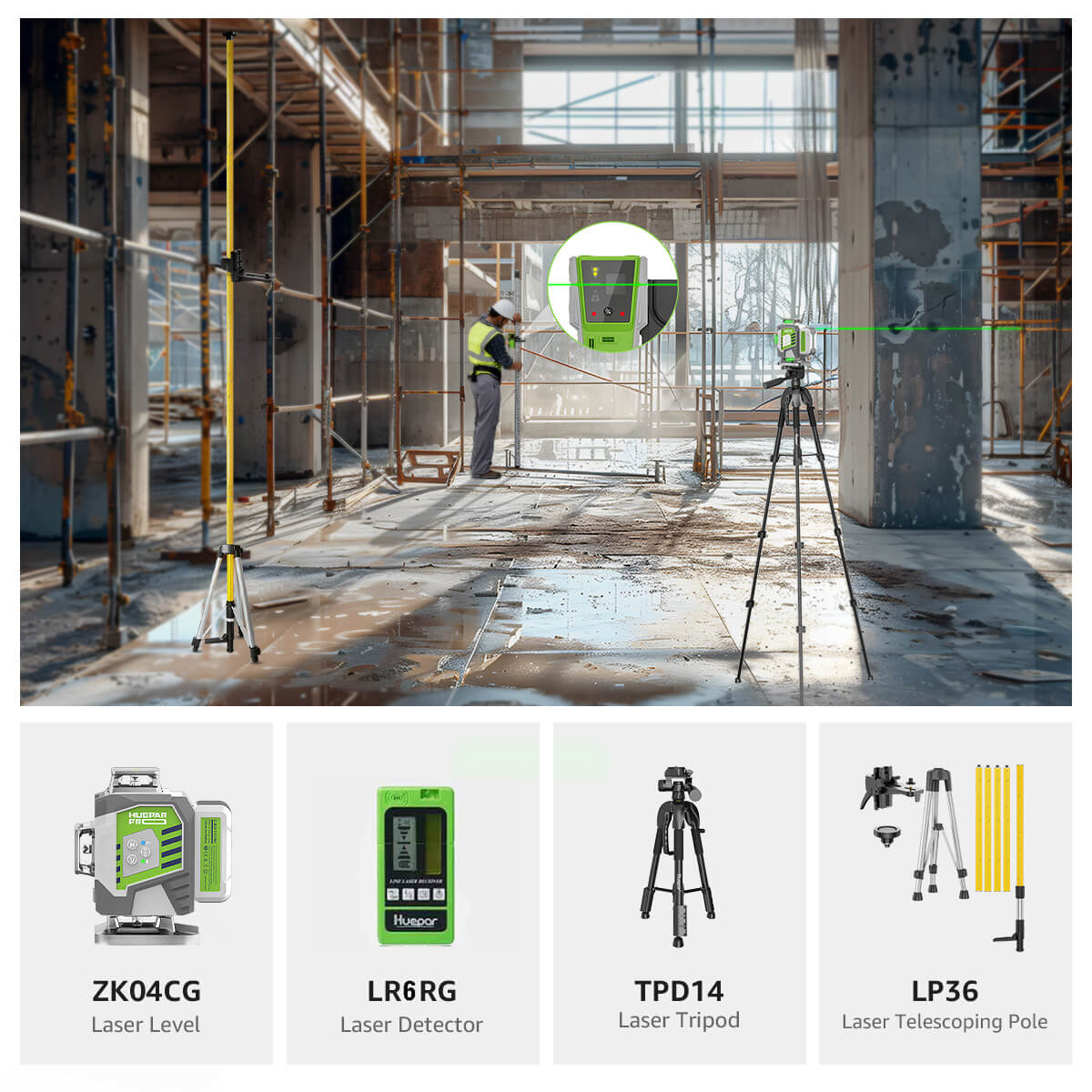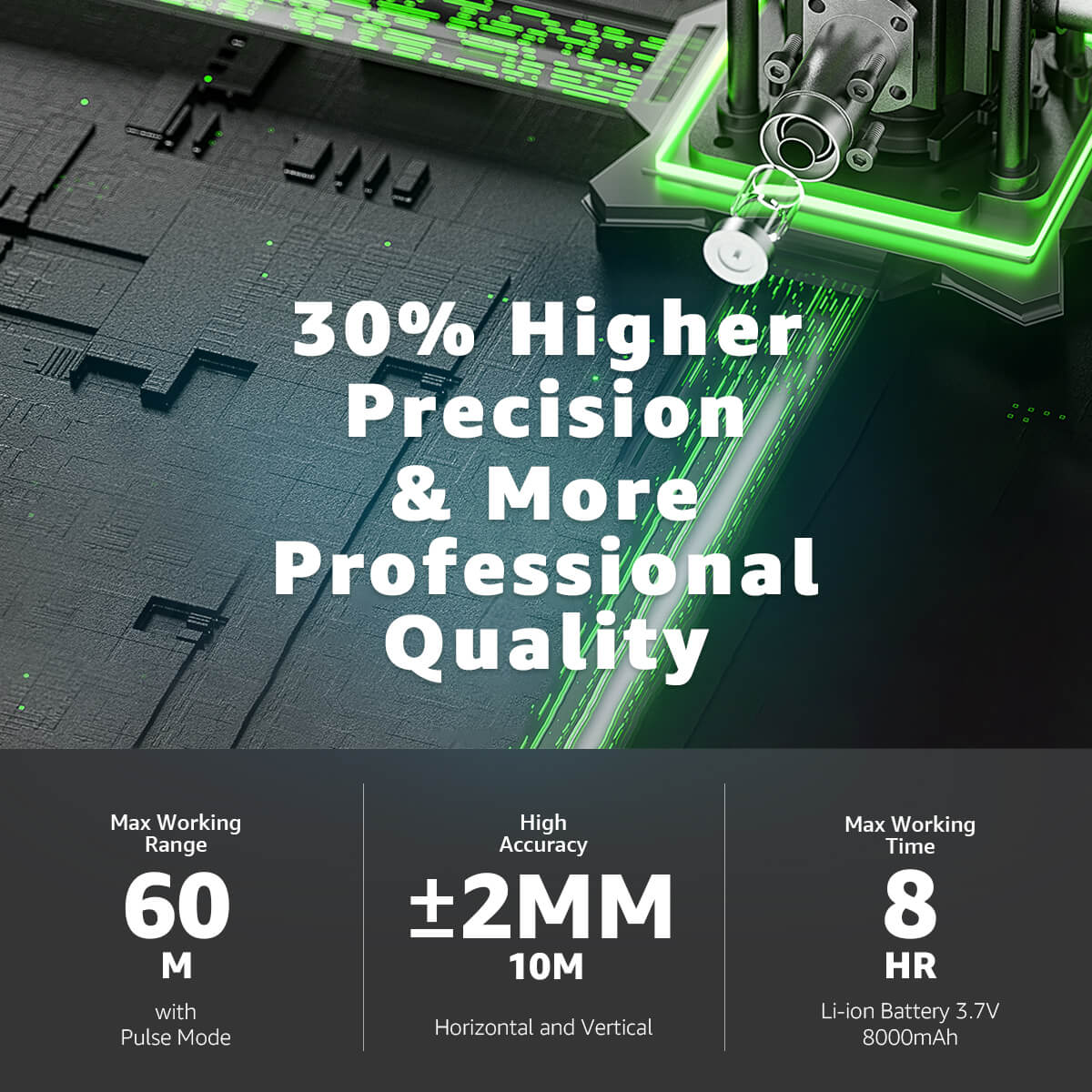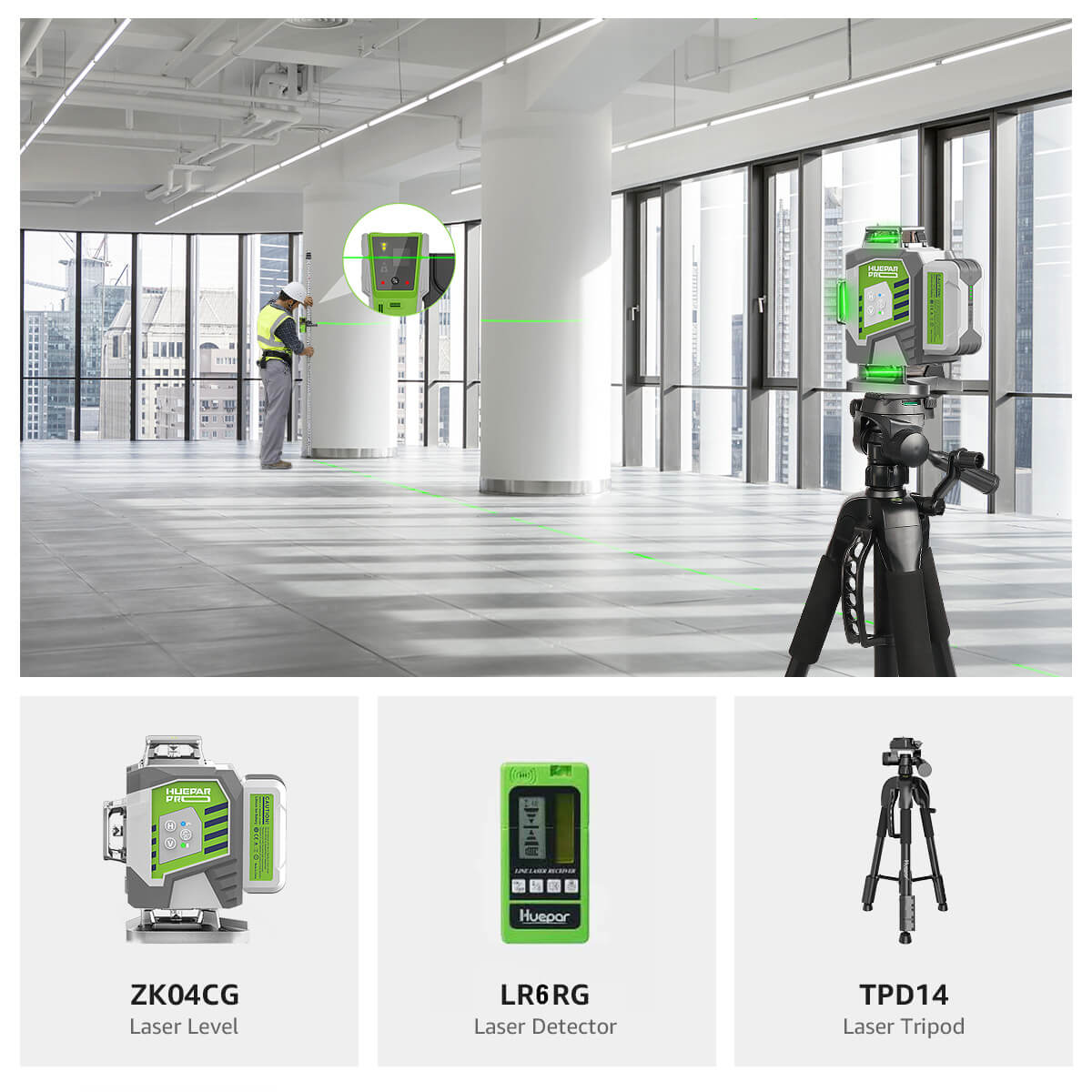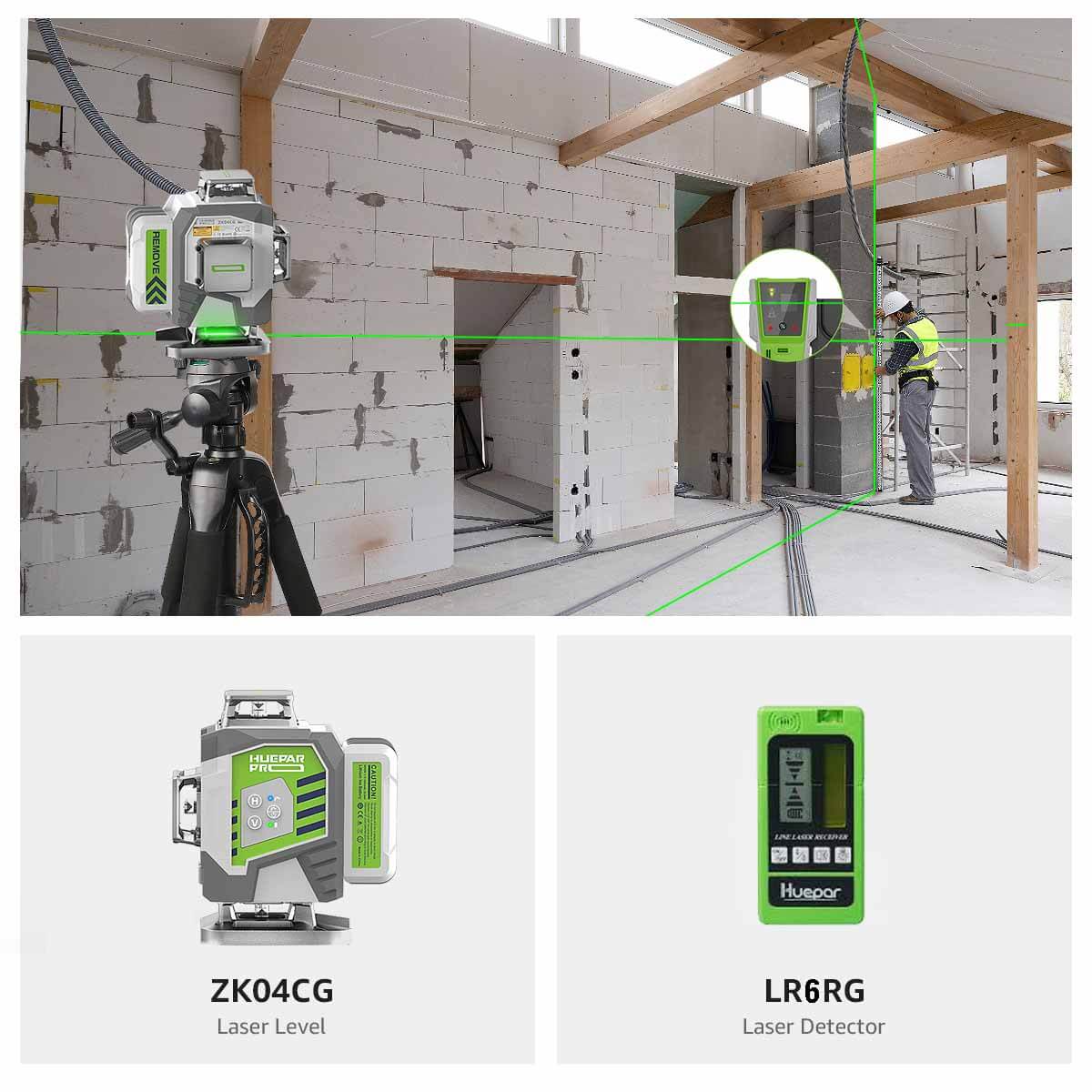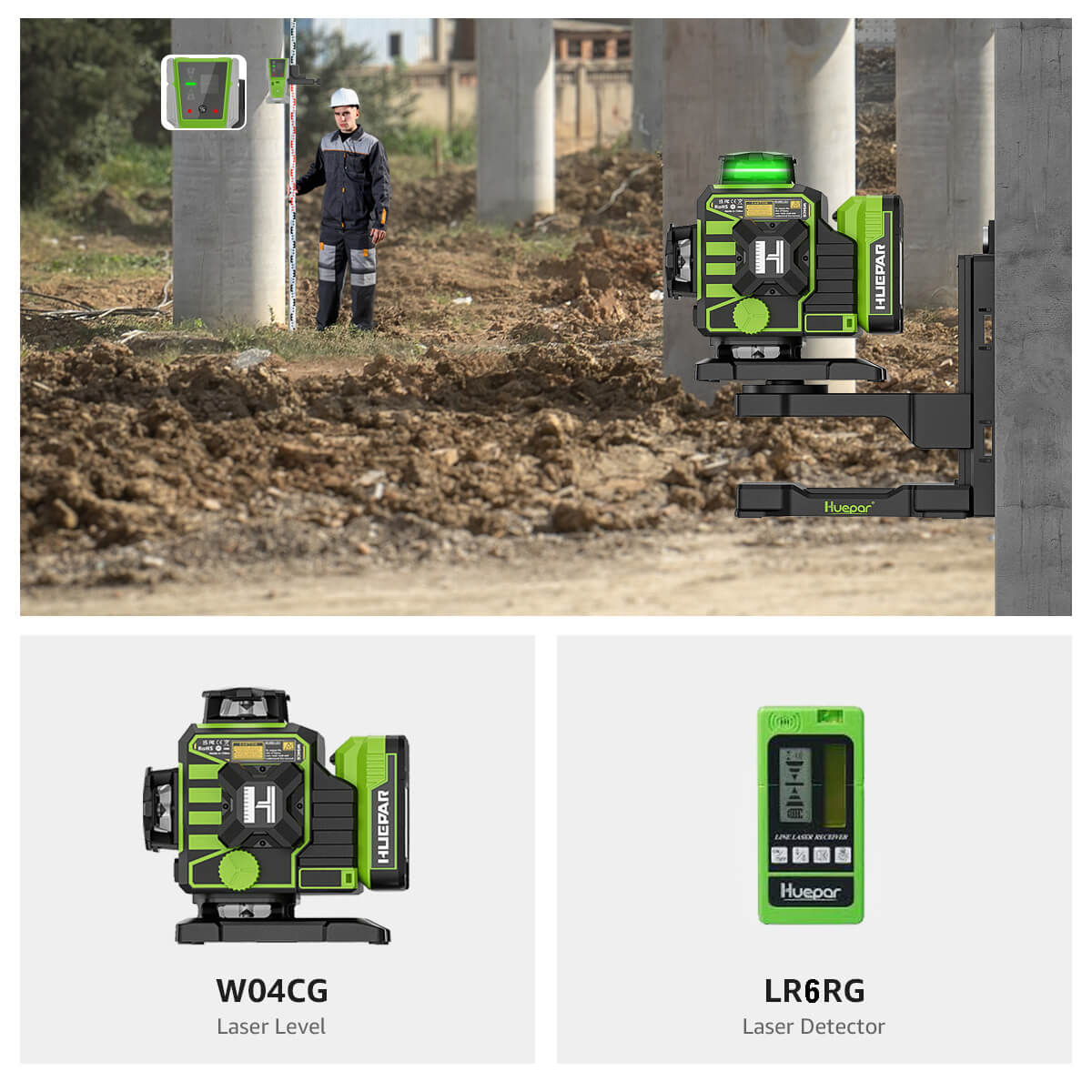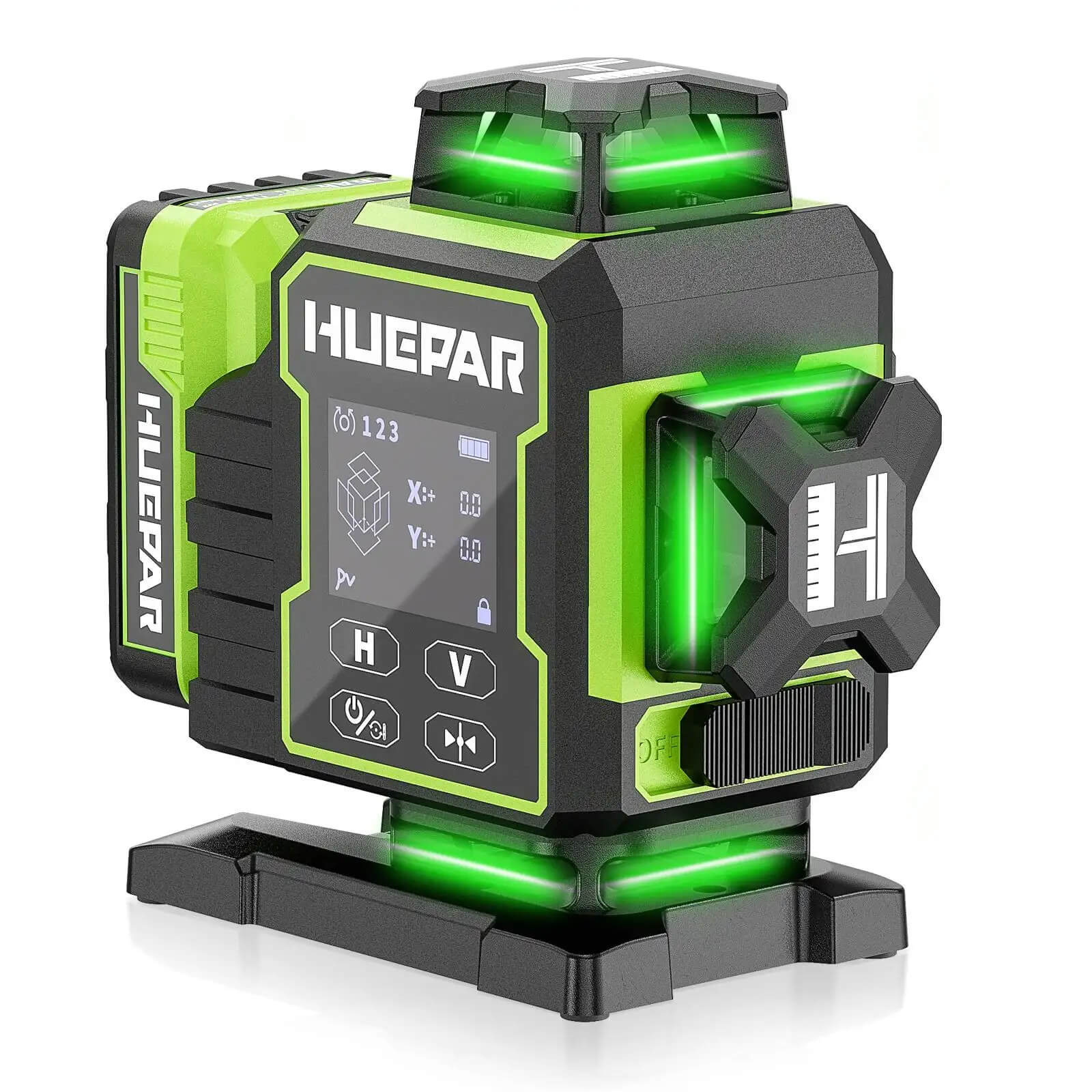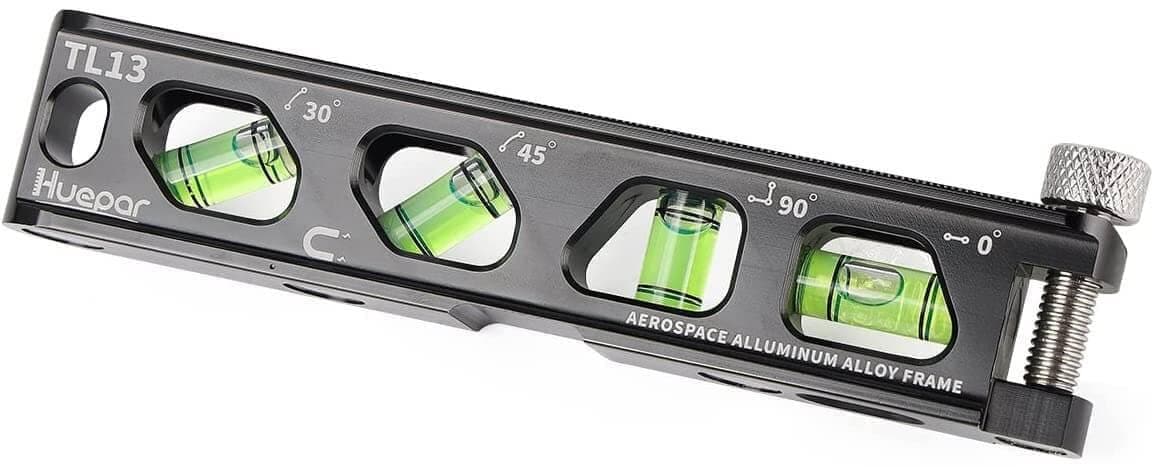
Bubble Level vs. Laser Level: Which One to Choose?
When working on construction or leveling projects you need the right tools to get the right results. Two common leveling tools are bubble levels and laser levels. Each has its own advantages and is good for different situations. Knowing how they work will help you choose the best one for you.

What Are Bubble Levels and Laser Levels?
Bubble levels (also called spirit levels) are old school tools used to check if a surface is level. They have a small tube filled with liquid and an air bubble. When the bubble is centered between the lines the surface is level.
Laser levels are more advanced. They project a laser beam onto a surface so you can see any uneven areas. These are used for more precise work especially over long distances.
Both have their pros and cons. Choose the right one for your project and how precise you need to be.
How Do Bubble Levels Work?
Bubble levels are where simplicity meets effectiveness. You'll find them in a vial filled with liquid and a trapped air bubble. When you place one on a surface, that bubble will move to the center if the surface is level. And that's it. No batteries, no power source required. That's part of their appeal.

One of the big advantages of bubble levels is just how easy they are to use. They come in all shapes and sizes from pocket-sized versions to longer models used for bigger projects. Many have multiple vials so you can check horizontal, vertical and angled surfaces at the same time.
Of course, bubble levels aren't as precise as laser levels, especially over long distances. Temperature changes or damage can also affect their accuracy over time.
Benefits of Bubble Levels
Bubble levels have many advantages, making them a popular tool for leveling tasks:
-
Versatility: Available in different sizes, they can be used for many tasks like hanging pictures, installing cabinets, or leveling fences.
-
Durability: Made from strong materials like aluminum or plastic, they can handle rough conditions and last a long time.
-
Easy to Use: There’s no setup or calibration needed. Just place the level on a surface and check the bubble.
-
Affordable: Bubble levels are much cheaper than laser levels, making them a budget-friendly option for most projects.
For basic leveling needs, a bubble level is usually enough. They're reliable, easy to use and cost-effective. That makes them a great tool for home projects and light construction work.
How Do Laser Levels Work?
Laser levels are a different story. They're more advanced and accurate than bubble levels. Instead of an air bubble in a liquid-filled tube, they project a bright laser beam onto a surface to show a straight, level line. That makes it easier to see and ensures greater accuracy when leveling surfaces.

One of the main benefits of laser levels is their ability to display both horizontal and vertical lines at the same time. That makes them useful for construction, landscaping and home improvement projects. By projecting level lines in different directions, laser levels help ensure everything is straight and properly aligned.
Modern laser levels are powerful enough for both indoor and outdoor use. The bright laser beam remains visible even in well-lit outdoor areas, making them ideal for exterior construction work and landscaping. Some models have a long-range capability, allowing users to level across large distances with high accuracy.
Benefits of Laser Levels
Laser levels have several advantages over traditional bubble levels, making them a top choice for many projects:
-
High Accuracy: Laser levels deliver precise leveling over long distances. That's crucial for laying foundations, installing cabinets and countertops, and aligning walls.
-
Versatility: These tools project horizontal, vertical and cross-line beams. That versatility makes them useful for a wide range of tasks, such as flooring, drywall installation and fence post alignment.
-
Time-Saving: One setup with a laser level can quickly establish reference lines across an entire work area. That cuts down on the need for manual measuring and adjustments.
-
Long-Distance Use: Laser levels project beams over large distances without losing accuracy. That makes them perfect for big projects or outdoor applications.
-
Self-Leveling Feature: Many laser levels automatically adjust to create a perfectly level line. That removes the need for manual leveling and ensures accuracy.
Laser levels have become essential tools for professionals in construction, landscaping and home improvement because of their precision and advanced features.
When to Use a Bubble Level
Bubble levels are best for simple leveling tasks where extreme accuracy isn’t required. They are easy to use, affordable, and great for small household projects like:
-
Hanging pictures or shelves
-
Leveling furniture
-
Installing small fixtures
-
Framing walls or setting fence posts (when small variations are acceptable)
Since they don’t require batteries or setup time, bubble levels are a quick and reliable option for everyday use.
When to Use a Laser Level
Laser levels are the best choice for projects that need precise alignment over long distances. Their ability to project bright, straight lines makes them ideal for:
-
Laying foundations and aligning walls
-
Installing cabinets and countertops
-
Creating reference lines for landscaping and outdoor projects
Laser levels are highly accurate, often within 1/8 inch over 30 feet, that level of accuracy is what makes them essential for construction and landscaping work. Many models project both horizontal and vertical lines at the same time, allowing for fast and easy setup on complex projects.
Whether you're a contractor or a homeowner tackling a big project, the right leveling tool can make all the difference in achieving a perfectly straight and aligned result.
Level Calibration
Level calibration is a must for both bubble levels and laser levels. You want to make sure your tools give you correct readings to avoid mistakes in your projects.
Calibrating a bubble level is relatively simple. Place the level on a completely flat surface and check if the bubble is centered in the vial. If it's not, you adjust the calibration screws or nuts on the level's frame. Follow the manufacturer's instructions carefully. Once adjusted, check again on the flat surface to make sure it's correct.
Calibrating a laser level takes a bit more work. First, mark where the laser beam hits on a wall or surface. Then, move the level to a different position and see if the laser still lines up with the mark. If it doesn't, the level needs to be calibrated. Many laser levels have built-in calibration modes to guide you through the process. Always follow the manufacturer’s instructions to ensure accuracy.
You should calibrate your levels regularly—especially before starting a project or if the tool has been moved a lot. Proper calibration helps prevent errors and keeps your work precise.
How to Choose the Right Level for Your Job?
Choosing between a bubble level and a laser level depends on your project. Consider how accurate you need to be, how much you want to spend and how portable the tool needs to be.
If you’re doing simple home projects or tasks that don’t need high accuracy, a bubble level is the way to go. It’s affordable, easy to use and durable. But if you need precise measurements over longer distances, a laser level is worth the extra cost.
Laser levels are best for big construction projects, landscaping and any job that requires perfect alignment over long distances. They can project straight lines both horizontally and vertically making leveling a breeze.
Having both types of levels in your toolbox is ideal. A bubble level is good for quick checks, a laser level for bigger jobs. With both you’ll always have the right tool for the job.
Related Reading: How to Choose the Right Laser Level for Different Jobs?
Level Accessories and Maintenance
Taking care of your levels and using the right accessories will keep them working for a long time.
For laser levels a sturdy tripod is important to keep the tool stable. Look for one with adjustable height and strong locking features. A carrying case is also helpful to protect your level and store accessories like batteries and tripods.
For levels store them in a dry place away from extreme heat or sunlight. For bubble levels check the vial regularly for cracks or leaks and make sure the bubble moves smoothly. Clean the level with a soft, damp cloth and don’t use harsh chemicals.
Laser levels may need more frequent battery changes and calibration checks. Always follow the manufacturer’s instructions to keep them in top shape.
By taking good care of your levels and using the right accessories you’ll make them last longer and stay accurate for all your jobs.
Conclusion
Both bubble levels and laser levels have their advantages. Bubble levels are affordable and easy to use, laser levels offer more accuracy especially for big projects. The best one depends on what kind of job you’re doing and how precise you need to be.
With the right tool, proper calibration and good maintenance you can do any leveling job with confidence and accuracy.
FAQs:
Can laser levels be used outdoors?
Modern laser levels are powerful enough to be used outdoors, making them suitable for outdoor construction and landscaping projects.
How often should levels be calibrated?
It is recommended to calibrate both bubble levels and laser levels regularly, especially before starting a new project, to ensure accurate readings.
Are laser levels more expensive than bubble levels?
Generally, yes. Laser levels tend to be more expensive than traditional bubble levels due to their advanced technology and higher accuracy.
